The top 9 facts about WWI, how did it start, what was the impact on women, facial masks and a lot more!
1 How the War Started
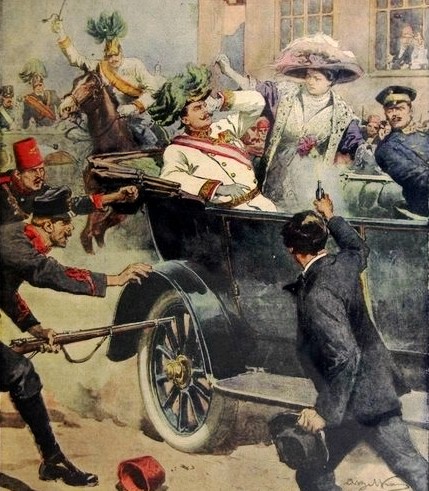
The major cause of World War 1 is after the assassination of Archduke Franz Ferdinand of Austria by a Serbian nationalist known as Gavrilo Princip on June 28, 1914.The Archduke Franz Ferdinand was nephew to Franz Josef who was the Emperor of the Austro-Hungarian Empire. He was also expected to be Franz Joseph`s heir, and this is probably what prompted his assassination. Additionally, he was not assassinated alone, but was shot dead alongside his wife. Although there had been a growing tension in Europe for several decades, this assassination gave the Austro-Hungarian Empire a reason to declare war on Serbia since it blamed the assignation on the Serbian government.
The Austro-Hungarian Empire sought German support incase Russia decided to back up Serbia and this led to the beginning of World War 1.On July 28 1914, the Austro-Hungarian Empire declared war on Serbia and within seven days World War 1 had begun.
The major countries that joined to form the Allied Forces were Russia, Belgium, France, Great Britain, Greece, Portugal and Serbia against Austria-Hungary, Bulgaria and Germany. Later on Italy, United States and Japan would join the Allied Forces while the Ottoman Empire would become part of the Central powers Alliance.
2 How it affected women
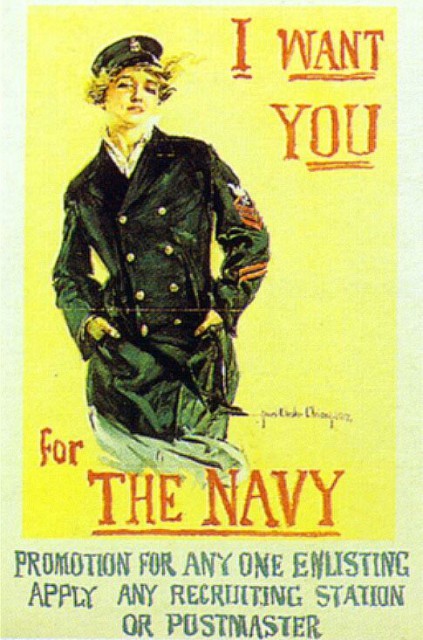
Before the war, most women were housewives, taking care of domestic chores and tending to their husbands and kids. They were rarely engaged in direct employment and most men were the family `bread winners’. However, with the onset of World War 1 most men were deployed to the war front and women had to take up men`s positions in factories.
Women played a huge role during the war; they had to work in factories which manufactured ammunition for the troops. While working on the factories they usually came into direct contact with lethal chemicals such as TNT, and their skin ended up becoming jaundiced.
3 Facial injuries had to be covered with masks

World War 1 was before the invention of facial reconstruction surgery, and thus most victims who got permanent facial injuries were given face masks to hide the ugly injuries. Most facial injuries usually resulted from a sniper`s shot or shrapnel.
The masks were usually connected to a pair of sunglasses, in order to hold the masks in position.
4 Trench warfare

Most soldiers fought from trenches dug in the ground, to protect them from enemy fire. Due to a long stay in the trenches, most soldiers succumbed to stress. The Allied forces trenches were usually dug in haste and the soldiers thus had to tolerate poor living conditions, which is in contrast to the German trenches which were more comfortable.
The trenches were usually infested with rats and lice, which usually made the living conditions in the trenches unbearable but the soldiers, had to persevere for the sake of war.
5 The Christmas truce of 1914

On December 24 1914, Allied Forces and the Central Alliance agreed to a ceasefire, in order to celebrate Christmas. British and German soldiers who were fighting in France even engaged in football matches and shared pleasantries.
Christmas carols were sung and everyone enjoyed the armistice. However, the Christmas of 1915 was just a normal battle day.
6 It was a period of invention and introduction of new weapons
![ADN-ZB-Archiv I. Weltrkieg 1914 - 1918; Westfront: Die Tankschlacht der Engländer bei Cambrai vom 20. bis 29. November 1917. U.B.z.: ein englischer Tank bricht auf dem Vormarsch einen Straßenbaum um. 115-18 [Scherl Bilderdienst]](https://www.warhistoryonline.com/wp-content/uploads/sites/64/2015/05/Bundesarchiv_Bild_183-S34490_Tankschlacht_bei_Cambrai-640x457.jpg)
New and lethal weapons were introduced during World War 1, because the more advanced weapons you took to battle the greater your chances of overpowering the enemy.
Tanks were introduced by the British during World War 1 and the British also had to introduce lethal gas bullets in order to destroy German airships known as Zeppelins which bombed and caused havoc on the Allied forces.
7 World War 1 necessitated the need for Blood Banks
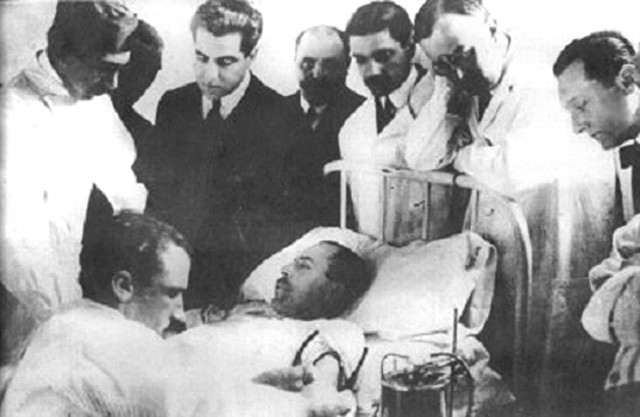
Blood Banks were conceptualized and introduced during WW1.This is because there was great demand for blood due to the injuries incurred by soldiers during battle, most of which required surgery. Captain Oswald Robertson who was a United States Army doctor launched the first Blood Bank.
He came up with the idea of using sodium citrate to keep off the blood from coagulating. With this invention, donated blood could be stored on ice for up to 28 days and transported to wherever it was needed.
8 How supply vessels were protected from destruction by enemy forces
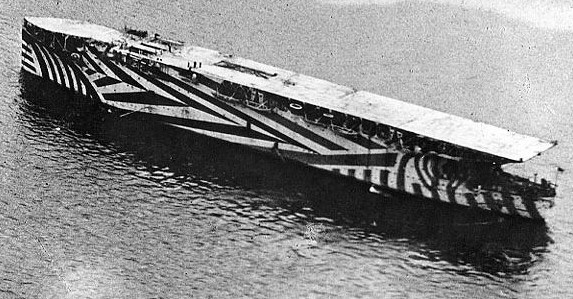
Germans were notorious in destroying British merchant ships which were carrying food supplies and military artillery. As a matter of fact, the reason the United States joined the Allied Forces in 1917 is after German ships sank US merchant ships.
To counter this, the Royal Navy came up with a brilliant idea of painting their ships with bold colors in order to confuse the Germans. The Germans were used to seeing camouflaged Allied Forces ships, thus when they encountered one which had bold colors and was in plain sight they would get confused and leave it alone.
9 German language was banned in the USA
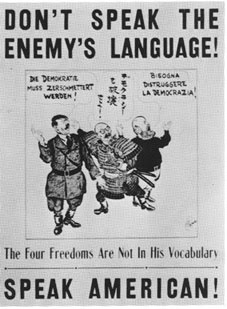
Before World War 1, German was the 2nd most widely used language in the United States. However, after World War 1 the German language was banned from being taught in schools and German language books would no longer be used in schools.
